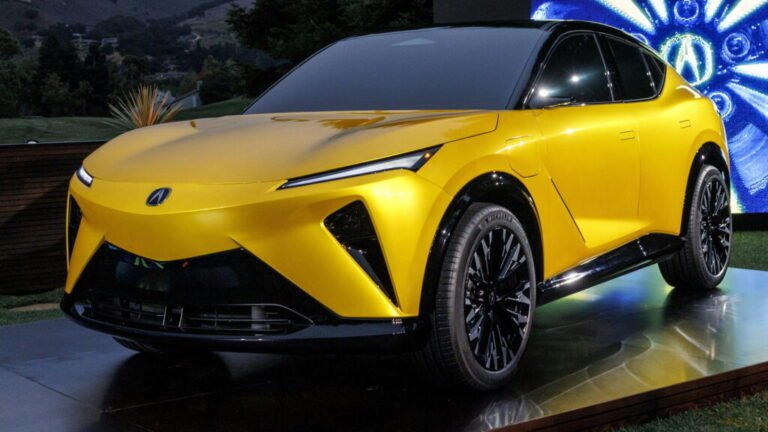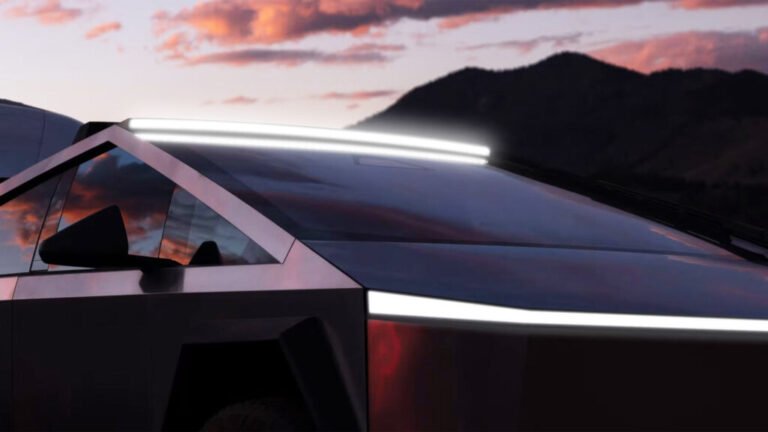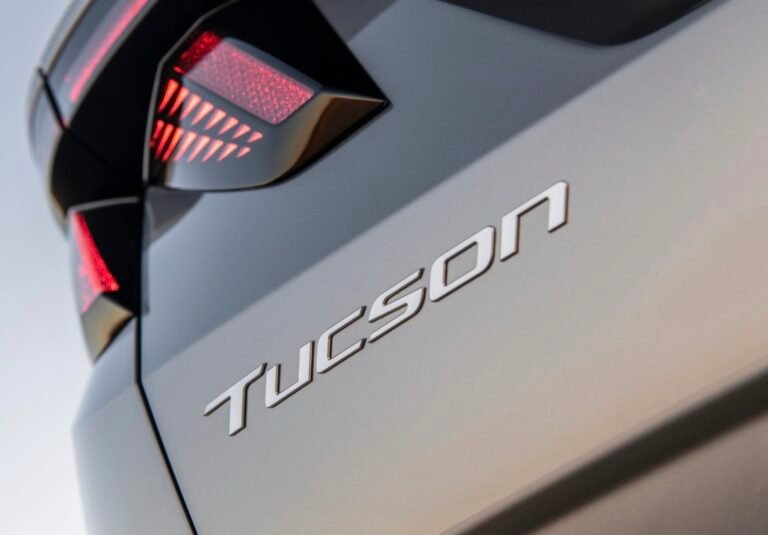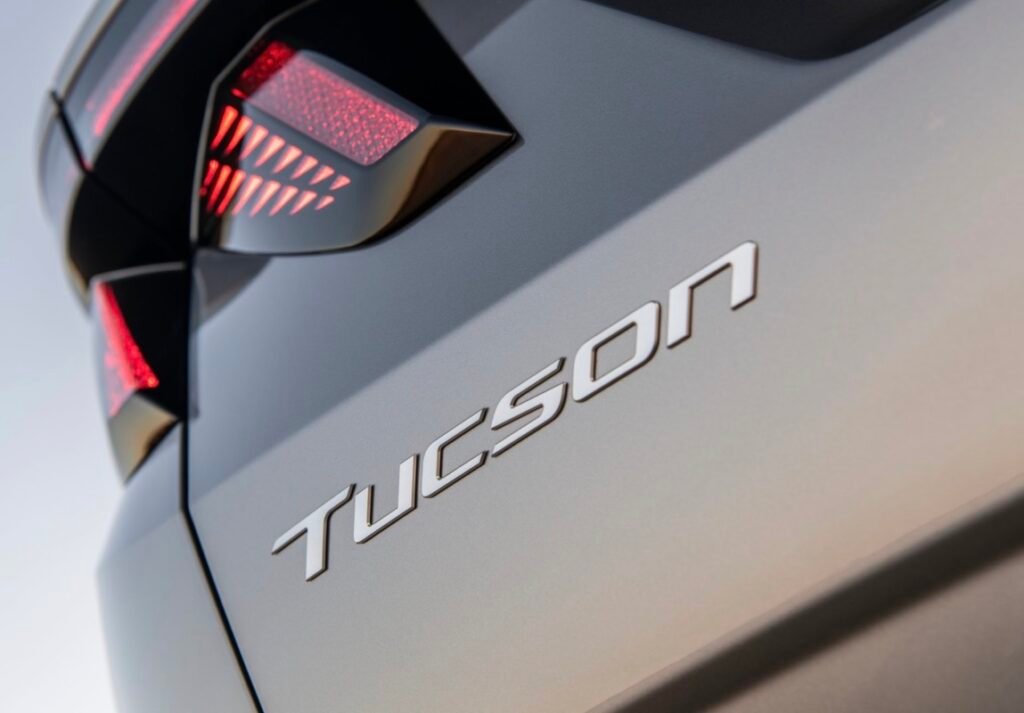
Compact utilities are all the rage right now
In the congested compact crossover segment, standing out is harder than ever, simply because there are so many options in this category. Hyundai realizes this, which is why its fifth-generation Tucson will receive a completely different look in an effort to stave off best-selling models like the Toyota RAV4 and Honda CR-V. Given that the compact utility segment is the largest in America—and that the Tucson is Hyundai’s most popular model here—there’s a lot of pressure on the Korean marque to get the next Tucson right, so what can we expect?
A Rugged, Boxier Look Inspired By Santa Fe

The current Hyundai Tucson is one of the flashier vehicles in its segment. From the daytime running lights that are inventively integrated into the grille to the sharp creases along the side, it’s got the modern aesthetics that younger buyers appreciate. But, even though there is a more rugged XRT trim, the Tucson is still very much an urban-focused vehicle. It doesn’t have the utilitarian vibe of a Subaru Forester, Mazda CX-50, or Honda CR-V TrailSport, and nothing seems to stir the soul of current crossover shoppers more than a vehicle that looks like it wants to go hunting down Defenders—even if it can’t.
To that end, the new Tucson will get a more upright, boxy profile inspired by the Santa Fe and Nexo, both of which are far more masculine than their predecessors.

“We deliberately wanted to turn the volume up on the capability and SUV-ness,” said Simon Loasby, Hyundai design chief, when talking about the new Nexo. “Pretty much every region in the world has become more comfortable with SUVs and wants [the seating position] to be up.”
Test mules of heavily camouflaged Tucsons suggest it will do away with the curvier current model, and this more aggressive look should cater to current buyer tastes. From a longer hood to more prominent wheel arches, everything points to a downsized version of the latest Santa Fe.
Powertrains And Interior

We haven’t seen inside the new Tucson yet, but previous reports indicate that the next-gen model will get the company’s new Pleos Connect infotainment system. Based on the Android Automotive Operating System, the setup has a larger touchscreen and fewer physical controls, much like Mazda has done with the new CX-5. However, a conflicting report from Autocar suggests the use of a smaller touchscreen and more physical buttons, in the interests of safety.
In the powertrain department, the main change we hope to see is a better standard engine, as the current 187-horsepower four-pot is outclassed by the new RAV4’s standard hybrid setup. While Hyundai may not resort to a hybrid-only Tucson lineup yet, another alternative is a version of the Santa Fe’s standard turbo engine.
Related: New Safety Rules Will Reward Physical Buttons Over Distracting Touchscreens
Why The New Tucson Matters
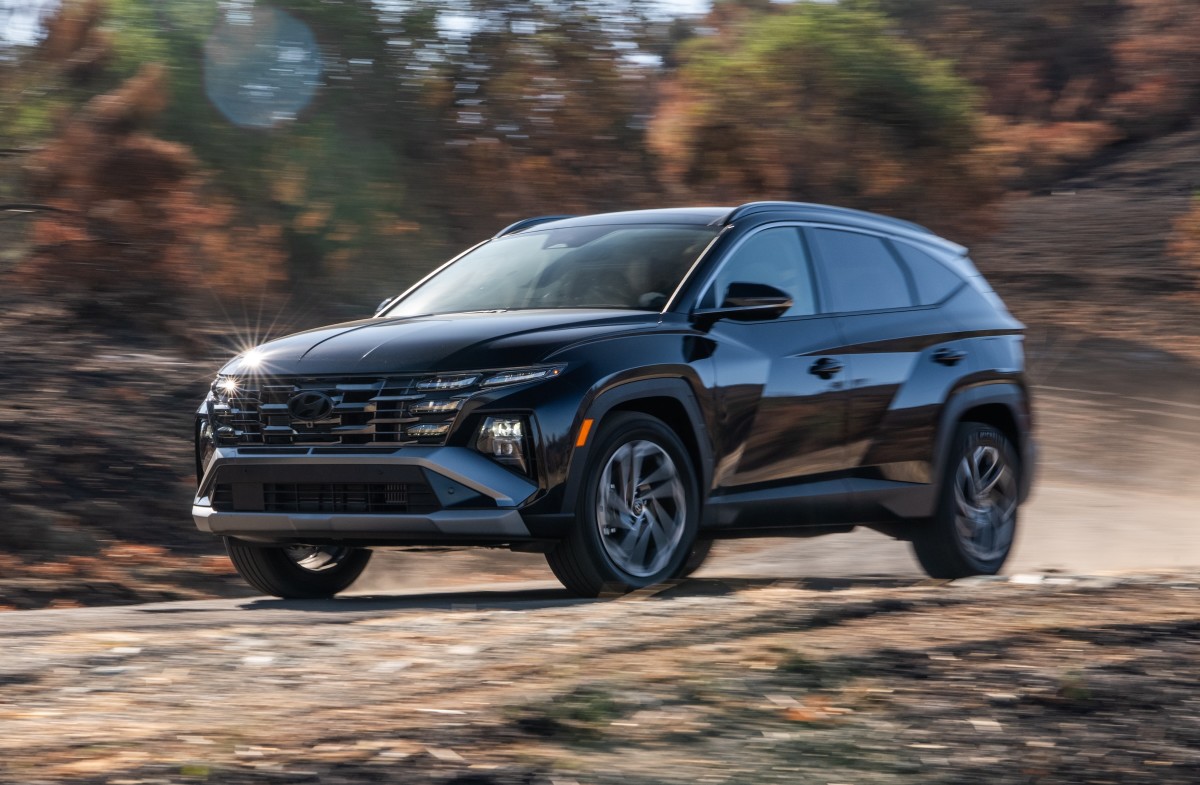
Hyundai
As we mentioned, this is Hyundai’s top-selling individual model in the United States, with 129,716 examples sold this year in the first seven months. Hyundai’s next best-seller is the Elantra, on 87,122 units so far.
According to data from S&P Global, the largest segment in the United States is the compact utility one, making up 21% of all new retail registrations for the first five months of this year. It includes everything from the RAV4 to the Tucson, Chevy Equinox, Nissan Ariya, and many more.
“A customer wanting basic transportation will shop in this category, in contrast to 25 years ago when compact cars filled this role,” said S&P Global.
Hyundai can’t afford to make any missteps with the next Tucson, but it also needs to take a few calculated risks. We’ll see how that pans out when the fifth-gen Tucson arrives, which is expected to happen in the second half of next year.
